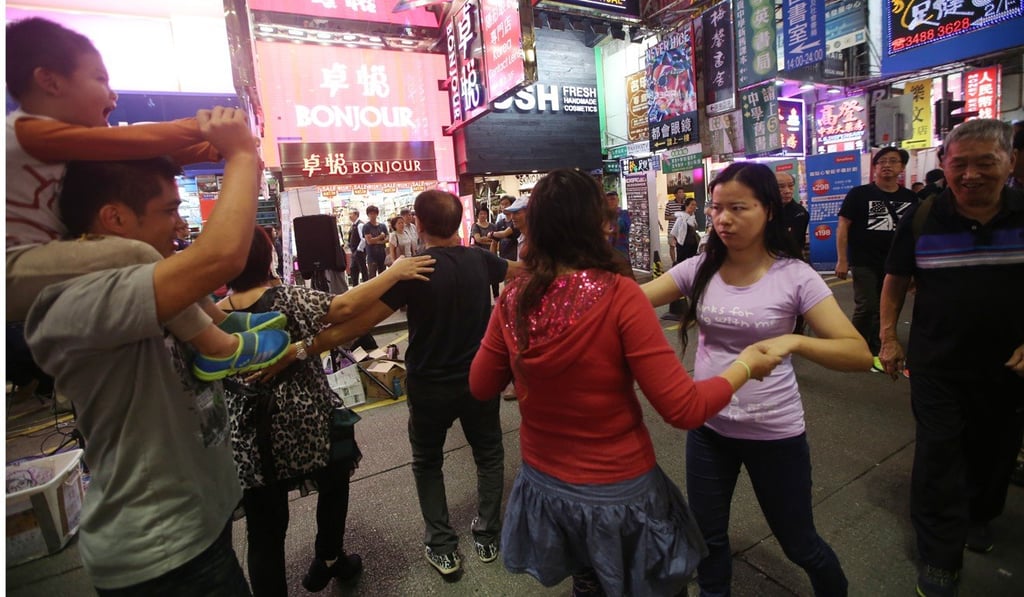Hong Kong pedestrian zone to be scrapped after more than 1,000 complaints about Mong Kok street performers
Sai Yeung Choi Street South to be reopened to traffic after area becomes free-for-all for entertainers, prompting grumbles from residents

The days are numbered for one of Hong Kong’s busiest street performance areas after district councillors agreed to suspend it, following more than 1,200 complaints by residents last year.
But politicians were divided on how long Sai Yeung Choi Street South, in Mong Kok, should stay reopened to traffic. Pro-establishment councillor Chan Siu-tong said it should be indefinitely, while the Civic Party’s Andy Yu Tak-po preferred a temporary suspension of the pedestrian precinct scheme until the government could come up with a licensing plan for performers.
“I agree to suspend it … but cancelling the scheme indefinitely would not solve the problem, because the street performers would just move to other pedestrian zones such as Tsim Sha Tsui,” Yu told a radio programme on Thursday.

The Mong Kok pedestrian zone scheme was launched in 2000. Sai Yeung Choi Street South and sections of other nearby roads were closed to traffic to boost shopping and other commercial activity in the busy district.
But in 2013, the government restricted the scheme to just weekends and public holidays at the request of the Yau Tsim Mong District Council after residents complained about noise and safety issues.